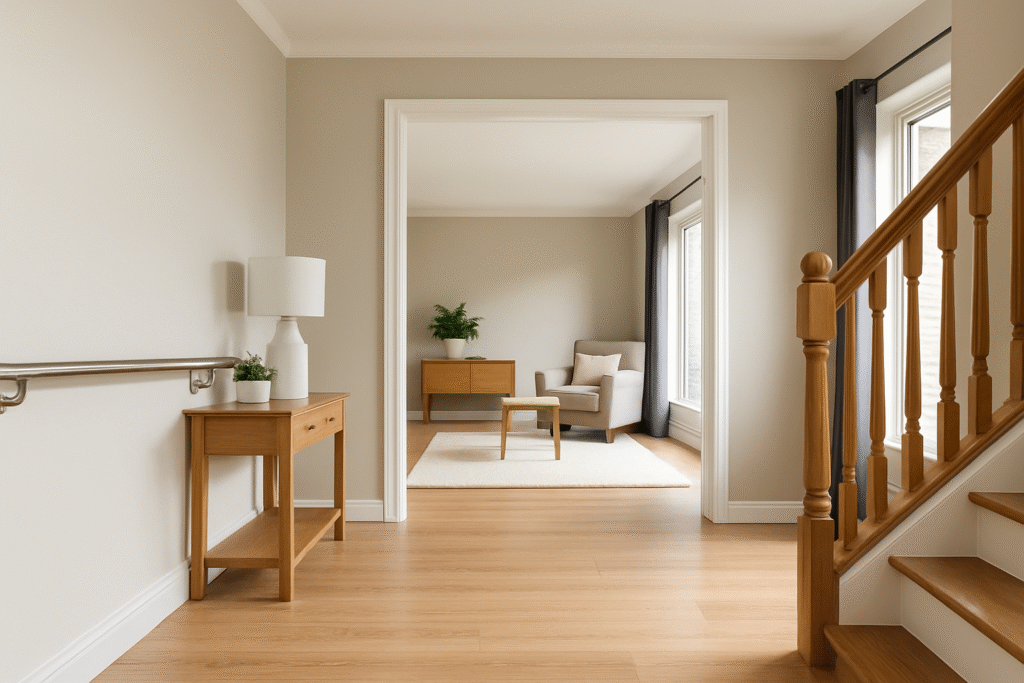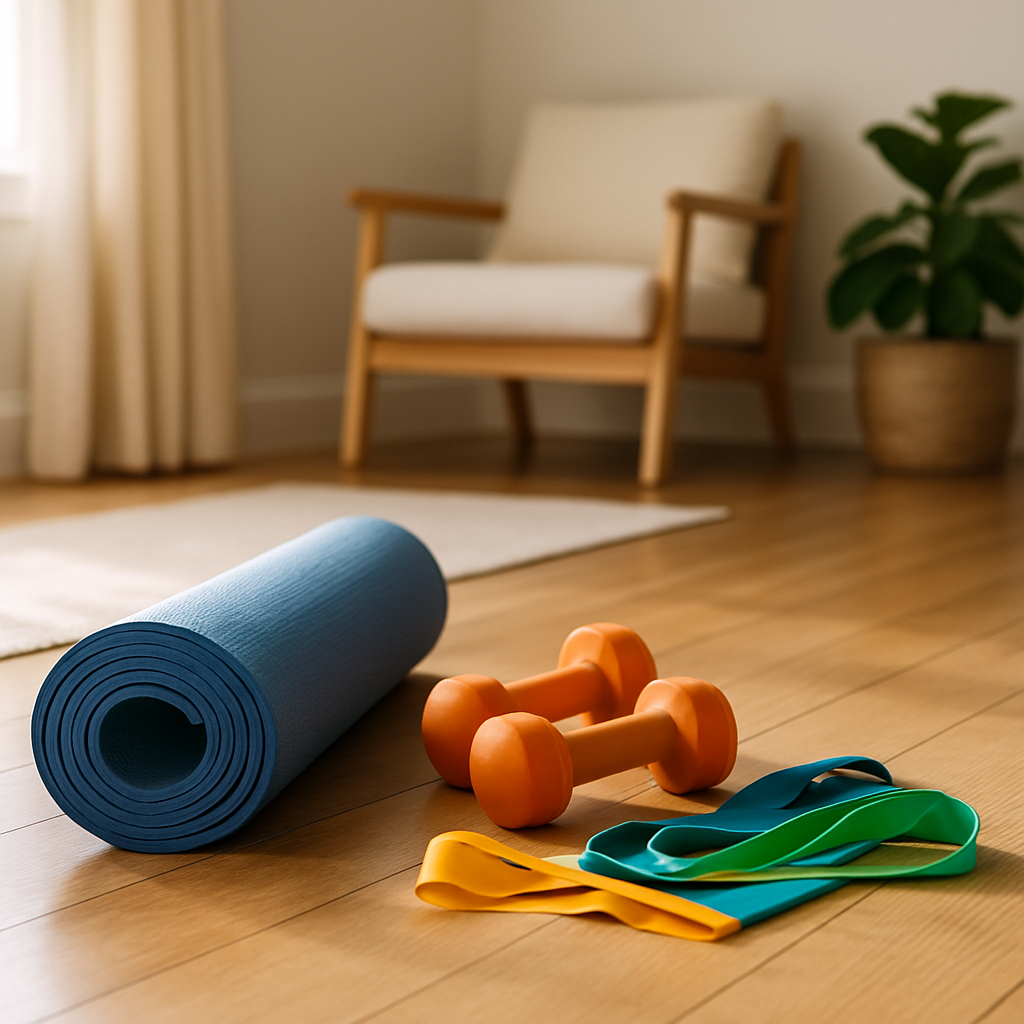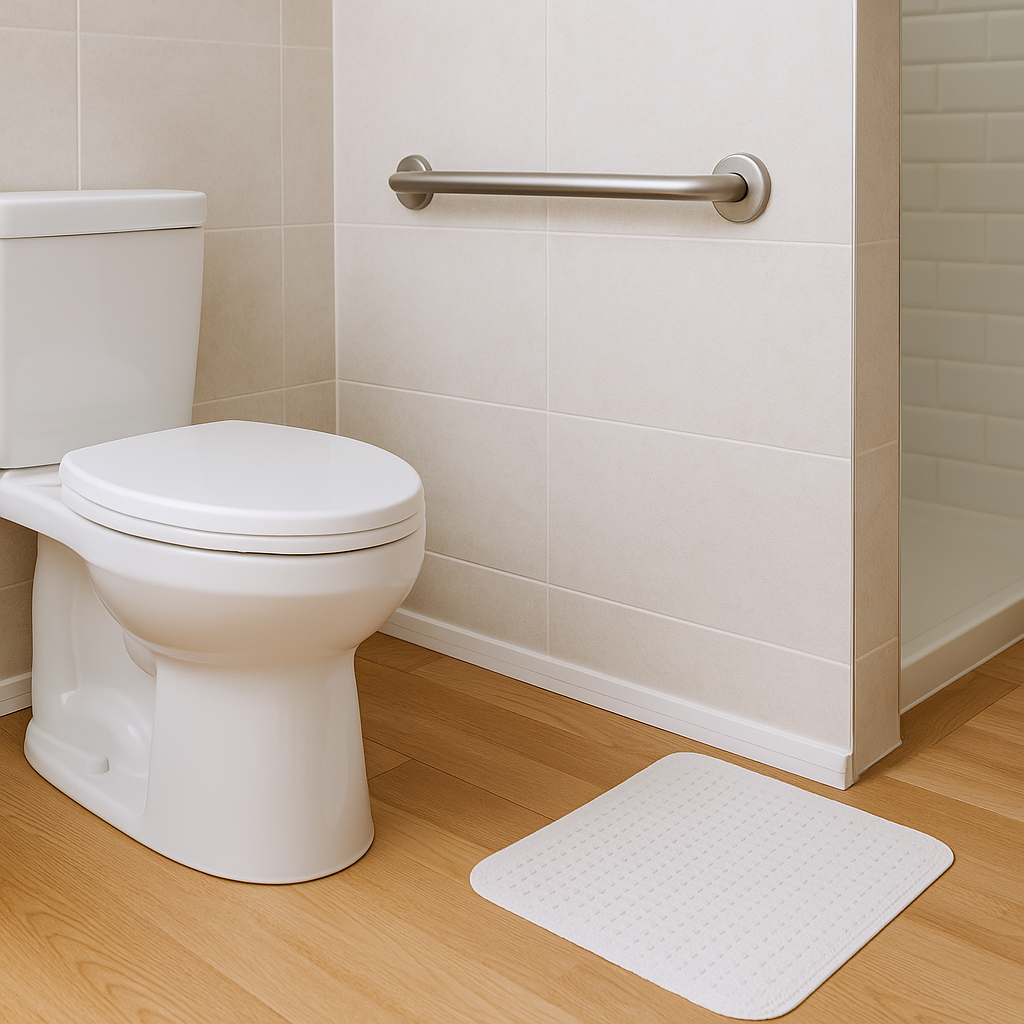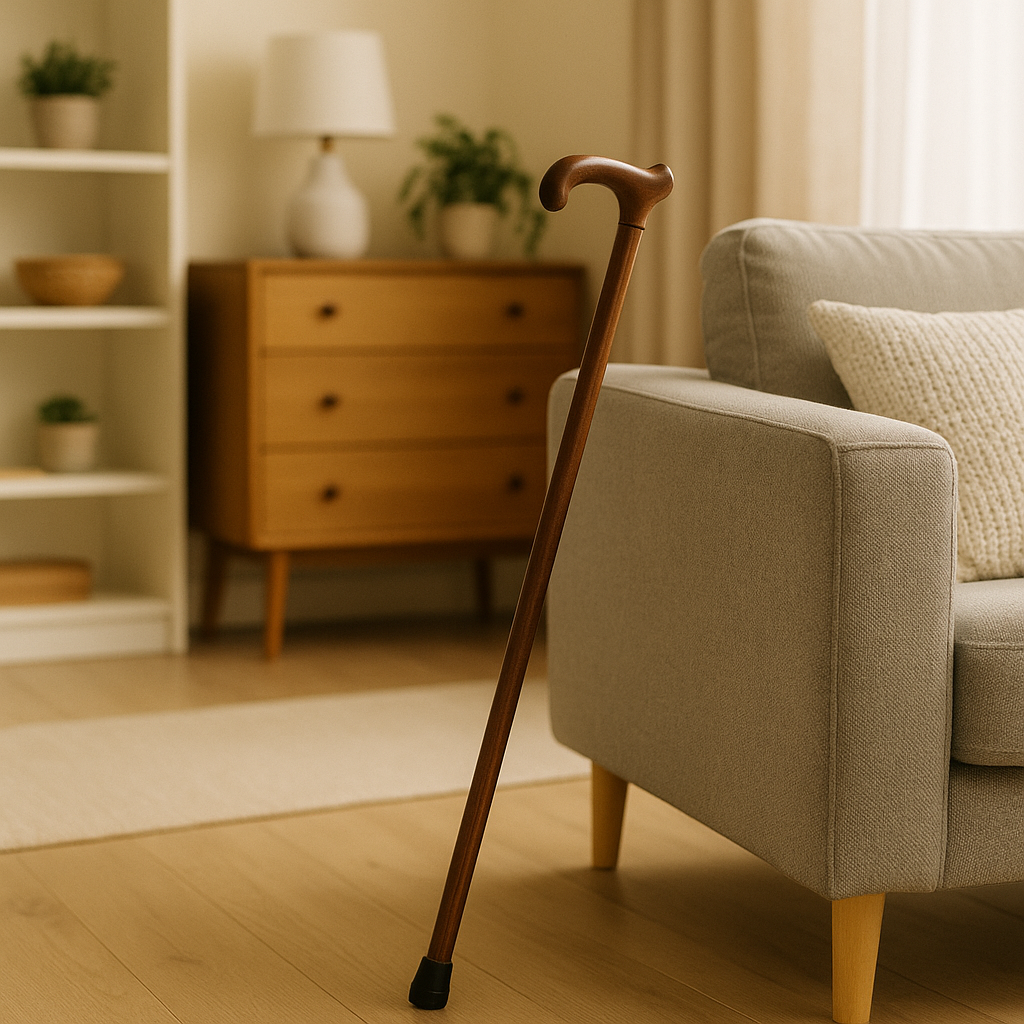
Affiliate Disclaimer: This article may contain affiliate links. As an Amazon Associate, we earn from qualifying purchases at no additional cost to you. We only recommend products we believe provide value to seniors and caregivers.
Introduction: Why Fall Prevention Matters
Falls are the leading cause of injury among seniors, often resulting in fractures, hospitalizations, and reduced independence. As a wound-care physician, I frequently see the long-term complications that follow a single fall. Fortunately, most falls can be prevented with the right strategies, awareness, and a thoughtful approach to fall prevention in seniors.
This guide will help you understand the main fall risks in seniors and provide practical steps to create a safer environment and promote mobility.
Understanding the Risks of Falls in Seniors
Before we talk prevention, it’s important to understand why falls happen. Seniors face a unique set of risks that make them more vulnerable.
- Age-related changes: Natural muscle loss, slower reflexes, and reduced balance make seniors less steady on their feet. These changes happen gradually, so many older adults don’t realize just how much their stability has declined until after a fall.
- Chronic health conditions: Diabetes, arthritis, neuropathy, and low blood pressure can all increase fall risk. Each condition affects balance, circulation, or joint health in different ways, creating a higher chance of losing footing.
- Medications: Blood pressure pills, sleep aids, and sedatives may cause dizziness, lightheadedness, or drowsiness. When multiple prescriptions are combined, side effects often increase and can surprise even those who feel “stable” most of the time.
- Vision changes: Cataracts, glaucoma, or simply poor lighting at home can make it difficult to spot steps, cords, or uneven flooring. Reduced depth perception also makes stairs and curbs particularly dangerous.
- Environmental hazards: Loose rugs, cluttered hallways, uneven outdoor surfaces, and poor lighting all play a major role in household falls. Many of these hazards can be fixed quickly once identified.
According to the CDC, one in four Americans over age 65 experiences a fall each year — making prevention a top priority for families and caregivers.
Our guide to the Best Bed Rails for Seniors shows one of the most effective home safety solutions.
7 Essential Tips for Fall Prevention in Seniors
1. Strength and Balance Training
Exercise is one of the most powerful tools for preventing falls.
- Strengthen leg muscles with resistance bands, light weights, or simple chair exercises. Stronger muscles act like built-in shock absorbers, giving seniors more stability during daily activities.
- Improve balance with tai chi, yoga, or guided physical therapy programs. These gentle, low-impact movements retrain the body to respond faster when balance is lost.
- Stay active daily with walking, stretching, or water aerobics. Even short, consistent routines maintain flexibility, mobility, and coordination that keep seniors safer.

Learn about The Benefits of Staying Mobile as You Age to understand why movement is essential.
2. Home Safety and Fall Protection for the Elderly
Small changes at home can make a big difference.
- Remove tripping hazards like cords, loose rugs, and clutter in walkways. The fewer obstacles on the floor, the less chance of a sudden misstep.
- Add grab bars and rails in bathrooms, hallways, and near steps. These simple supports provide security and allow seniors to move confidently from one area to another.
- Use non-slip mats and flooring in bathrooms, kitchens, and other wet areas. Preventing slips on slick surfaces is one of the easiest and most effective safety upgrades.
- Improve lighting with motion-sensor nightlights in bedrooms, hallways, and bathrooms. Clear visibility reduces the risk of stumbles when getting up during the night.

See our guide on Tips for Making Your Home Safer for Seniors for practical home modifications.
3. Regular Health Checkups and Medications
Your healthcare team plays a major role in fall prevention.
- Medication review: Ask your doctor or pharmacist to review all prescriptions and supplements at least once a year. Adjusting doses or switching medications can reduce dizziness and fatigue.
- Vision and hearing exams: Correcting cataracts, updating eyeglasses, or addressing hearing loss helps seniors remain more aware of their environment. Clear senses play a huge role in balance.
- Fall risk assessment: Many clinics now perform quick balance, strength, and gait tests. These screenings identify subtle problems early, making it easier to intervene before a fall occurs.
4. Choosing the Right Mobility Aids
Mobility aids provide confidence and stability.
- Walkers and rollators add sturdy support and can help seniors walk longer distances without fatigue. They also reduce the likelihood of tripping when balance is uncertain.
- Canes for balance are lightweight, discreet, and effective for those with mild instability. Choosing the right cane height and style can make a big difference in comfort and effectiveness.
- Wheelchairs or scooters may be necessary for seniors with severe mobility limitations. While they represent a bigger lifestyle change, they provide independence and reduce fall risks significantly.

Internal link: See our guide to the Best Canes for Balance (2025 Guide) for top recommendations.
5. Proper Footwear and Clothing
The wrong shoes or clothing choices can increase fall risk.
- Wear non-slip shoes with supportive soles that grip the floor securely. Good footwear can act as a first line of defense against slips on smooth surfaces.
- Avoid high heels, floppy slippers, or socks worn without shoes on hardwood floors. These options reduce stability and increase the risk of slipping.
- Choose clothing that fits well and doesn’t drag on the ground. Long, loose pants or gowns can easily catch underfoot and cause tripping accidents.
6. Emergency Preparedness and Technology
Planning ahead reduces harm if a fall does happen.
- Use medical alert systems or wearable fall-detection devices that call for help automatically. Quick response times reduce the severity of injuries.
- Keep phones or voice-activated assistants accessible in every room. Having a way to call for help can be lifesaving if a senior cannot get up.
- Teach seniors how to safely get up from a fall if they are uninjured, or how to remain calm and call for assistance if they can’t. Confidence in handling emergencies reduces fear.
7. Supportive Nutrition and Hydration
Good health supports balance and strength.
- Adequate calcium and vitamin D intake keeps bones strong and less likely to break in the event of a fall. Strong bones mean fewer long-term complications.
- Staying hydrated prevents dizziness, lightheadedness, and fainting spells. Seniors are more prone to dehydration, especially if they take diuretics.
- Balanced meals with protein, fruits, and vegetables fuel muscles and reflexes. Nutrition plays a subtle but powerful role in overall stability.
Further Resources
For those looking for more information on fall prevention and safety for seniors, these trusted resources are a great place to start:
- National Institute on Aging – Preventing Falls at Home
- Mayo Clinic – Fall Prevention: Simple Tips to Prevent Falls
Final Thoughts
Falls are not an inevitable part of aging. With the right fall prevention strategies, seniors can maintain independence, safety, and confidence. Whether it’s exercise, mobility aids, or home safety improvements, even small changes can dramatically reduce fall risks in seniors.
FAQs About Fall Prevention for Seniors
Q1: What is the single most important step in fall prevention for seniors?
A: Staying physically active through balance and strength exercises is the most effective way to reduce risk. Movement keeps muscles strong and reflexes sharp.
Q2: Are falls more common in seniors who take multiple medications?
A: Yes, seniors who take multiple medications (polypharmacy) have a much higher fall risk due to dizziness, drowsiness, or interactions. A yearly medication review is essential.
Q3: What are the best home modifications for fall protection for the elderly?
A: Grab bars in bathrooms, non-slip flooring, removing loose rugs, and adding brighter lighting are some of the most effective interventions.
Q4: Should all seniors use mobility aids to prevent falls?
A: Not necessarily. Mobility aids are recommended only if balance or walking problems are identified. A doctor or physical therapist can help determine the right aid.
Medical Disclaimer: This content is for informational purposes only and is not a substitute for professional medical advice, diagnosis, or treatment. Always seek the advice of your physician or other qualified healthcare provider with any questions you may have regarding a medical condition or safety concern. Never disregard professional advice or delay in seeking it because of something you have read here.
